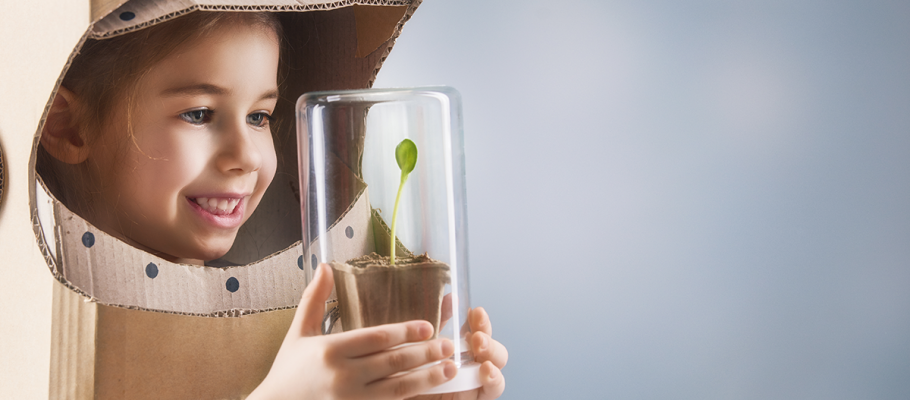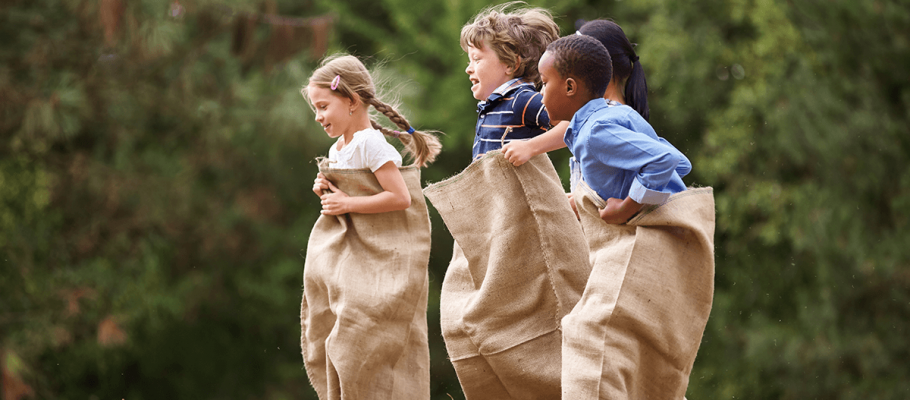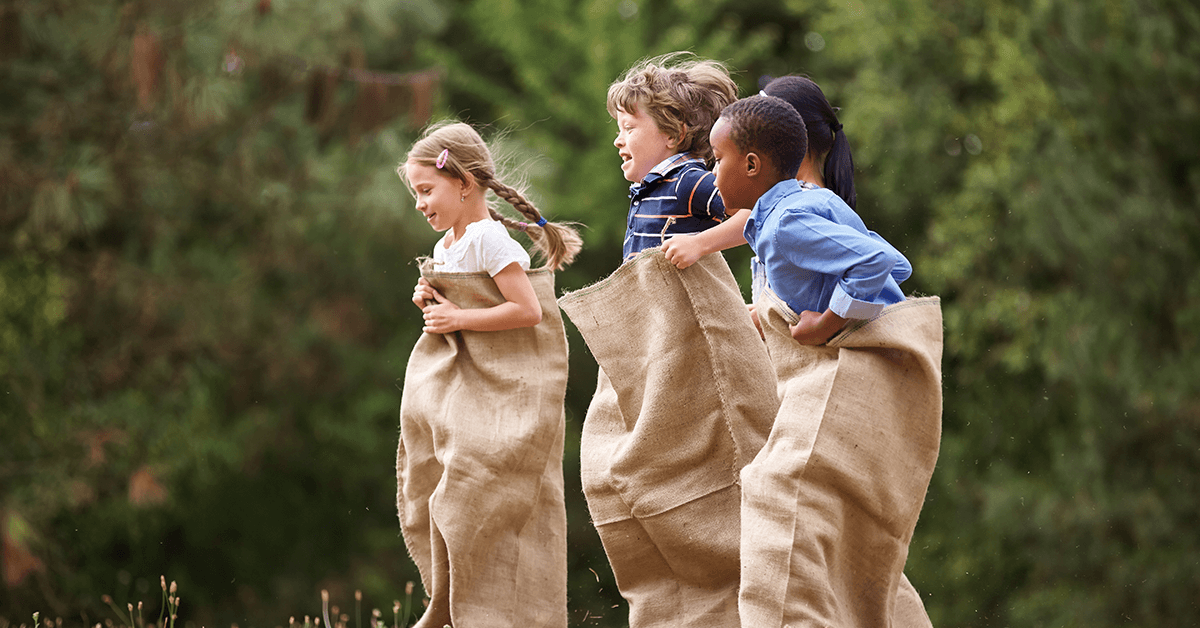“Be more productive” is the work chant of the decade. And it’s unlikely to change anytime soon. The future is every bit about boosting productivity. Meanwhile, today has its own challenges. And it’s tougher than ever to stay ahead. Especially considering how quickly things change.
And these things are all related to technology. Indeed, tech has revolutionized the workplace. Granted, the past few decades have brought forth significant change. But we mean disruptive tech. Only two decades ago email on a mobile phone was a stretch. Tech is key, and it’s been transforming the workplace. But the constant is people. And people, unfortunately, can fall behind only to find themselves on the brink of burnout.
Besides, we might have reached an odd plateau. When compared to people, tech is no longer as disruptive as it used to be. At least, not when it comes to tech helping us be more productive. Because at the end the day, it’s the individual that deals with all the challenges. The constant here is the end-user. There’s only so much we can do in a day.

Posts Tagged Under: productivity
As a leader, it is your responsibility to make sure that your team enjoys working with you. Building a strong team takes time and dedication. But it’s guaranteed to pay off when your team becomes strong and productive, and starts contributing to your company’s success. In this article, we’ll be discussing a few strategies that will help you create meaningful team relationships.

Team resilience is not just survival. It is changing the rules of your fitness. And this goes beyond adaptation. Team resilience is nurtured, not bought just as true grit is nurtured, not bought.
It’s tuning your team so that it adapts to a new reality. One that’s tougher, meaner, against you. Team resilience is all about moving along this new reality.
As a knowledge worker, you likely spend your hours glued to a computer screen, scour tons of tips and articles on how to get more done and raise the bar for productivity. While at it, give this a thought – did you know that where you work could be a big factor that decides how efficient and productive you will be?

Team resilience is what makes the difference in businesses all over the world. Even at startup level, businesses go through severe perturbations. From competition, both fair and unfair, to the occasional paradigm shift. Anything that happens outside and inside a business can ultimately affect the team.
And it’s team resilience that makes or breaks team success. Team resilience is the latent ability that allows a team to deal with a major obstacle. It is the ability to respond to a hitting a wall by regrouping and running through it.
Happiness at work can improve productivity with up to 31% and boost sales by 37%. Happiness at work is directly impacting creativity. For a knowledge-worker, happiness at work is a key factor. Many studies show there’s a significant relation between happiness at work and productivity.
To clarify, happiness at work is not the same as work satisfaction. Work satisfaction is all about perks and salaries. Happiness at work is about feeling a certain way.

Happiness at work has been a trendy topic for quite some time now. Everyone is curious, even nervous about it. From companies to scientists and employees. There is an abundance of studies and articles that draw quite a picture. Some argue that happiness at work can even make or break your business. Others find that it’s all inconclusive.
In fact, companies with happy employees score better
Work time is a salad that mixes productivity with breaks. Undeniably, breaks can make you more productive, yet many of them eventually turn out to be ineffective or simply unnecessary. By default, work time is expected to be productive. Markedly, either by doing more or better or both. So far, these are the two main approaches to boosting productivity. And most types of work require a mix of the two.

Workplace productivity is like water in the desert. Hard to gather, quick to evaporate. From time to time, you can see an oasis. Abundant productivity once you reach the mirage, that is.
Surely there are many ways to boost productivity.












